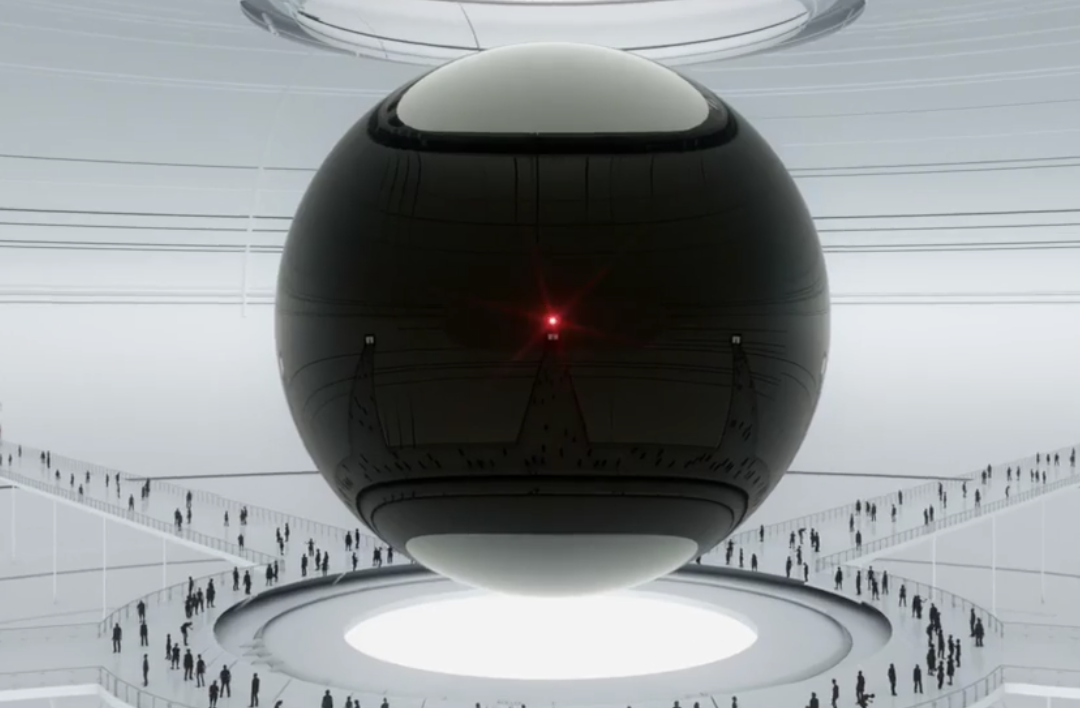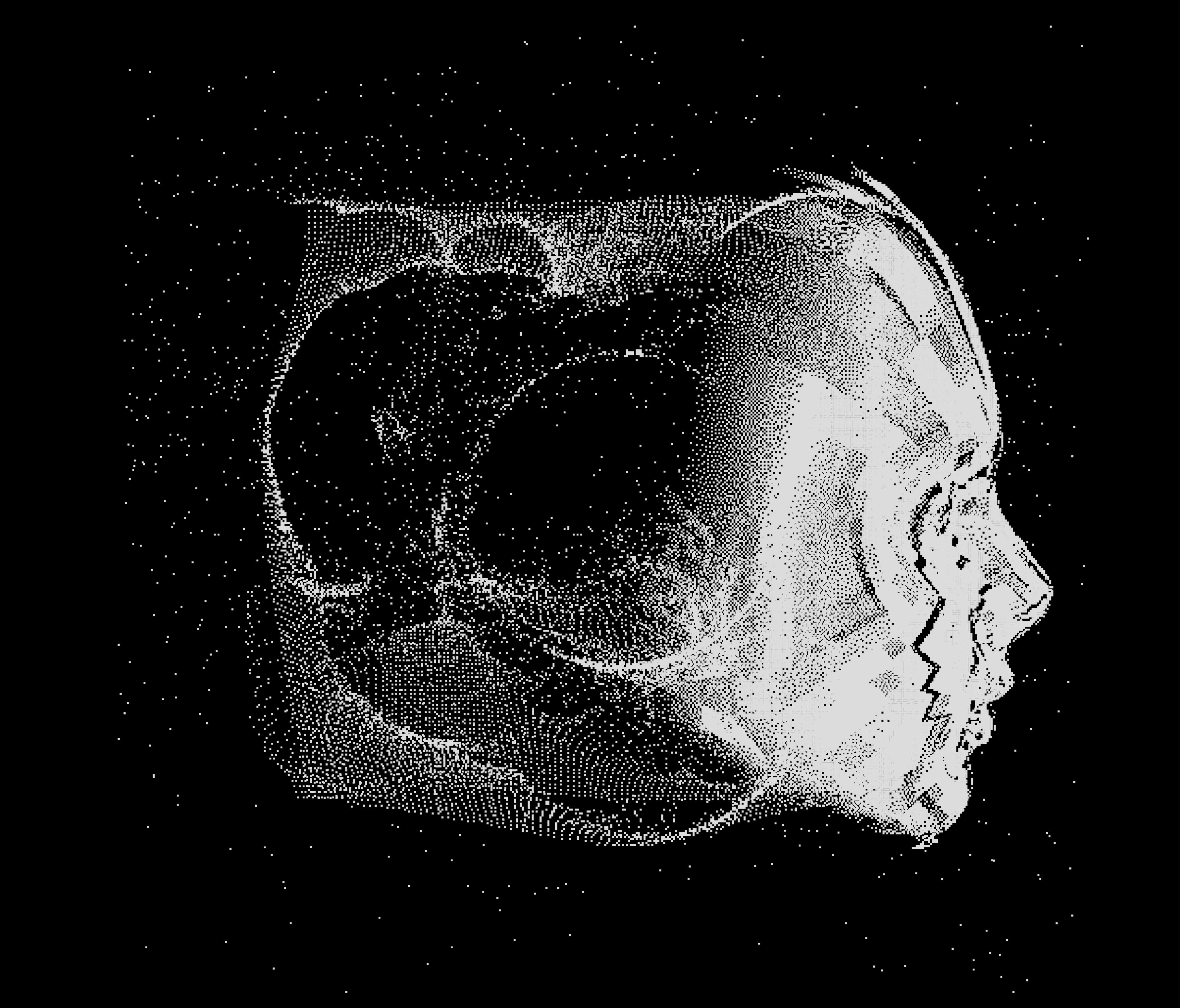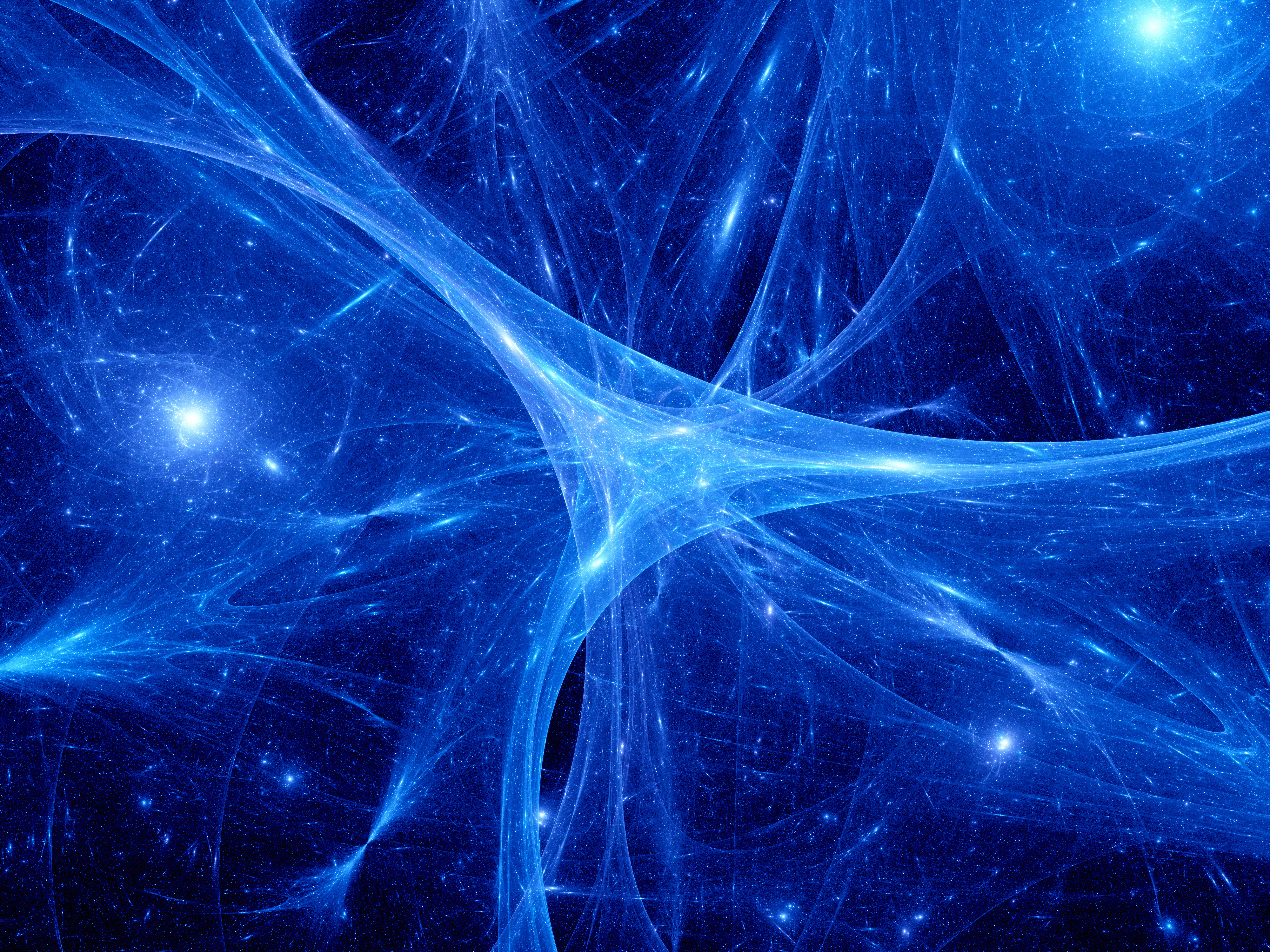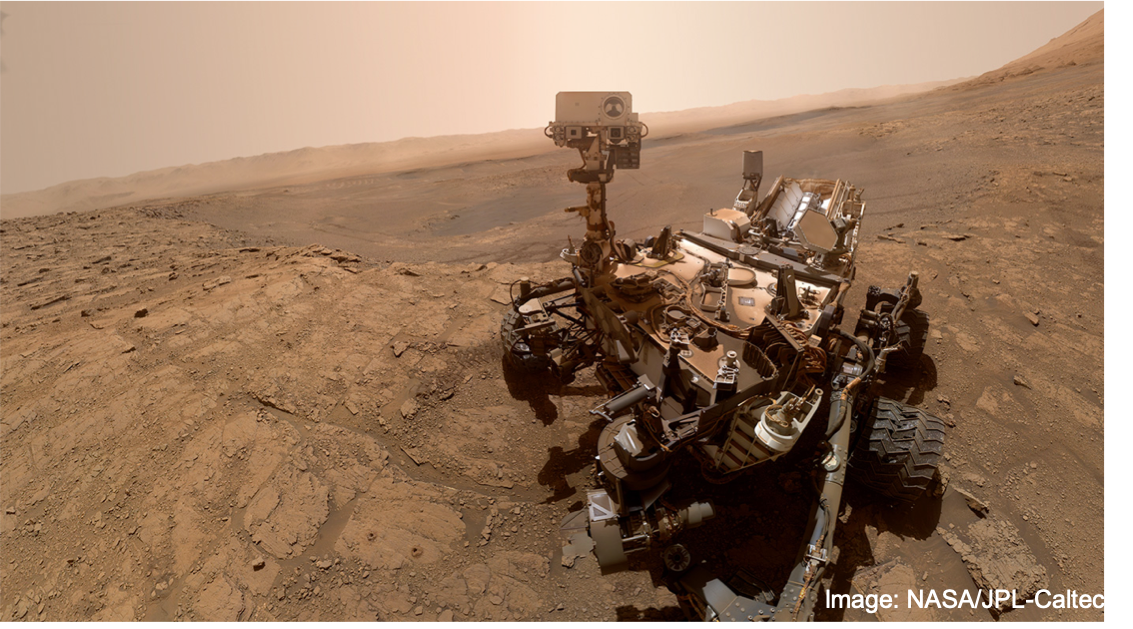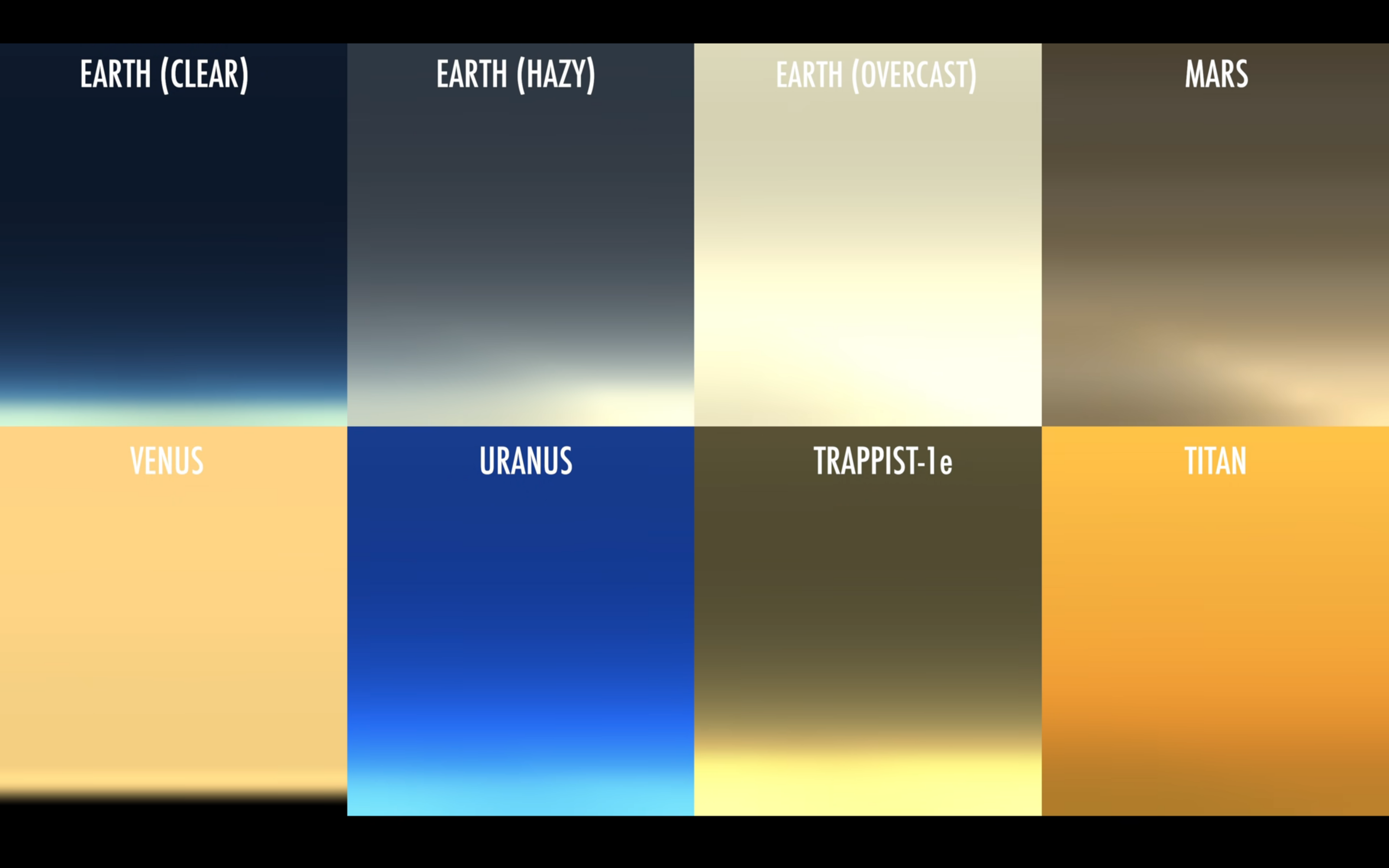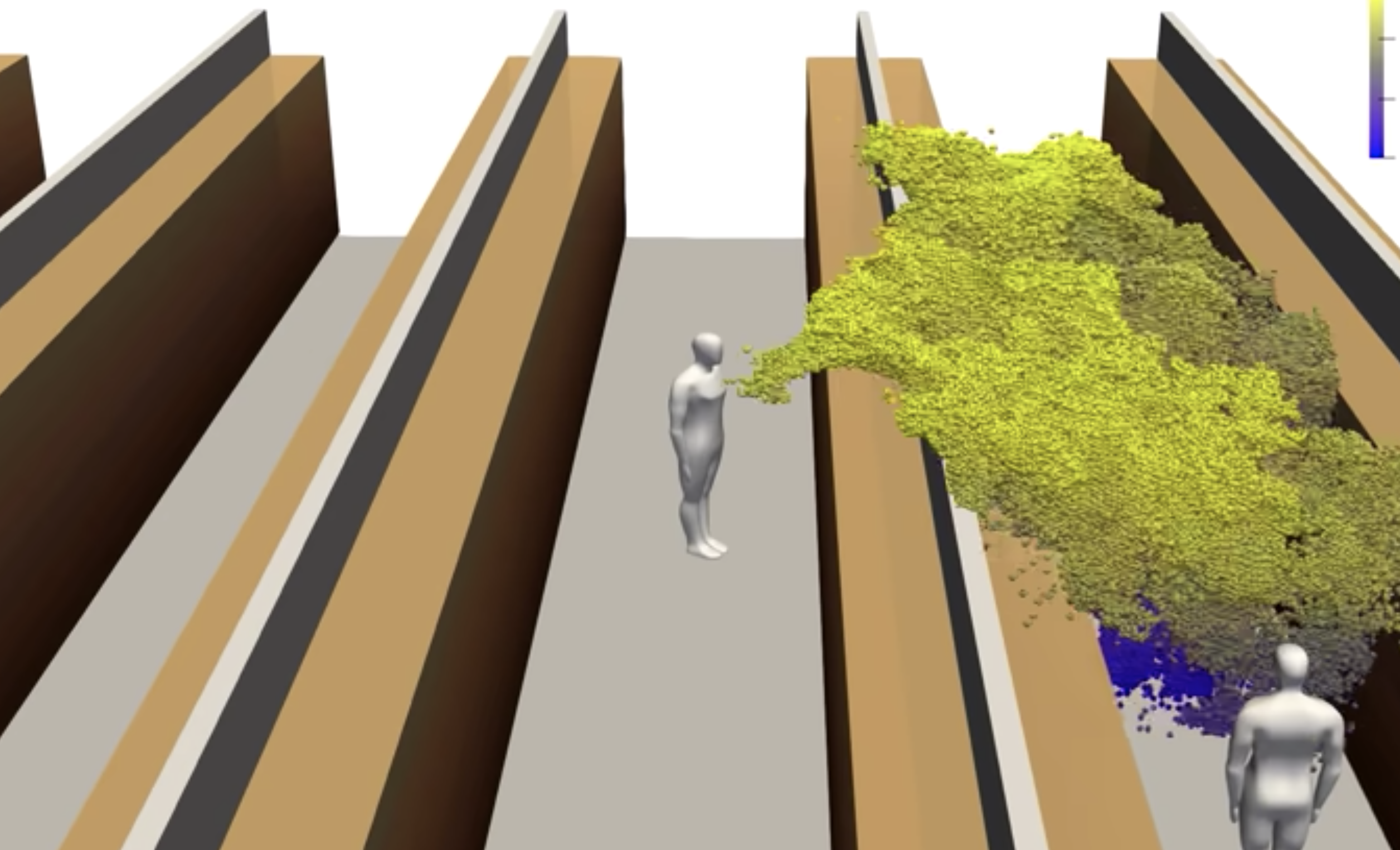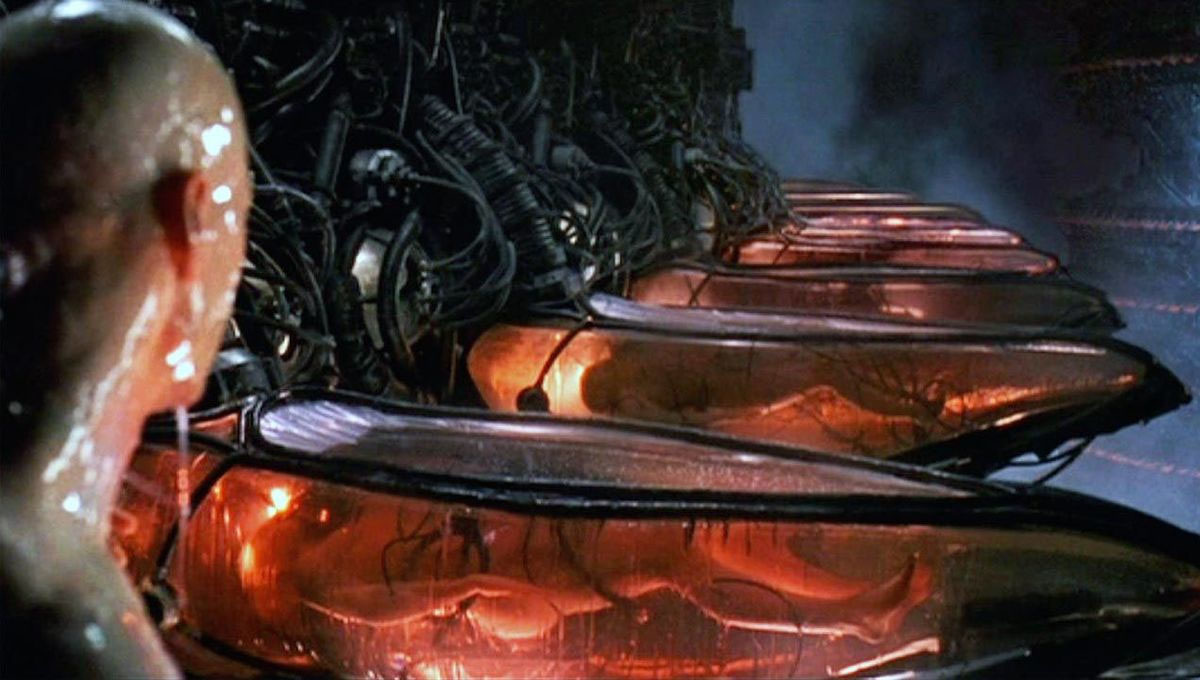simulation
What happens when simulation theory becomes more than a fascinating thought experiment?
A physicist creates an AI algorithm that predicts natural events and may prove the simulation hypothesis.
Their goal is a digital model of the Earth that depicts climate change in all of its complexity.
Controversial physics theory says reality around us behaves like a computer neural network.
Help future Mars rovers better navigate the red planet’s treacherous terrain.
On other planets, blue skies and red sunsets aren’t the norm.
This unsettling simulation shows how mucus-mist can rapidly spread in a grocery store.
Is this the real life or is it just fantasy? And does it really even matter?
Is our existence base reality—or are we pawns in a matrix? Cognitive scientist Joscha Bach explains how we might be able to tell.
▸
6 min
—
with
Two billionaires are apparently funding research into how we can escape the simulation they believe we’re trapped in.
